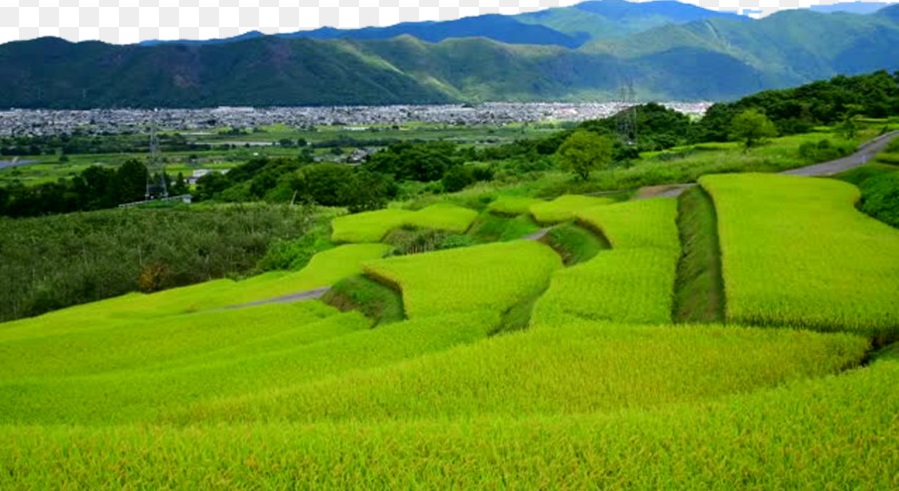VIETNAMESE RICE’S SUCCESS STORY
Vietanam has solidly maintained a top 5 rice producer and second largest rice exporter while recently emerging as the highest-valued rice marker.
Background
Vietnam ranks second in the list of the world’s largest rice exporting countries, accounting for 15% of the market. Every year, Vietnam’s rice exports reach 160 countries, including markets with high requirements such as Europe, Japan, and the US.
In 2020, 6.15 million tons of Vietnamese rice were exported, worth US$3.07 billion. Compared to 2019, the volume of rice exported in 2020 decreased by 3.5% but increased by 9.3% in value.

In terms of rice export categories, in 2020, the export value of white rice accounted for 45.1% of the total volume, jasmine rice and fragrant rice 26.8%, broken rice 13.6%, sticky rice 8.9%; japonica rice and Japanese rice accounted for 4.2% (according to Ministry of Agriculture and Rural Development).
Vietnamese white rice is mainly imported by the Philippines (53.7%), Cuba (23.5%), and South Korea (7.7%). Jasmine rice and fragrant rice are distributed to Ivory Coast (31.8%), Ghana (12.8%), and the Philippines (11.3%). China is the largest importer of Vietnamese glutinous rice, accounting for 87.9%, followed by Indonesia and the Philippines. Three major import markets of japonica rice and Japanese rice are Papua New Guinea (16.7%), Solomon Islands (9.2%), and China (8.1%).
Key Success Attributes
Vietnam has a long-established rice civilization, a world’s major rice production hub with strong export orientation
Vietnam has a great rice civilization. Rice has been cultivated in Vietnam since about 1200 BC and has developed into a wet rice civilization. The Red River Delta is the first place to grow rice due to the alluvial soil deposited by the Red River and Thai Binh River. Since then, Vietnam has constantly developed farming techniques and different varieties of rice, creating diversity in products to meet market demand.
Vietnam is one of the top 5 largest rice producers in the world. In 2020, the total rice production in Vietnam reached 42.69 million tons, the rice yield will be 58.7 quintals/ha. Specifically, the winter-spring crop produced 19.9 million tons of rice, while the summer-autumn rice crop produced 10.74 million tons (the data of the General Statistics Office)
As a major rice producer, Vietnam has 3.76 million ha of the national area for rice cultivation. The Mekong Delta is the largest rice basket in Vietnam with 1.963 mil ha, accounting for 52.2% of the country’s total rice-growing area. It also contributes 90% of Vietnamese rice export. Besides, supply chains for Vietnamese rice export are from the middle South Coastal, South East, and Northern Midlands and Mountains (important areas in the export of rice through quotas to China).
Vietnamese rice’s export prices have raised constantly
According to the VFA, the price of Vietnam’s 5% broken rice for export on the world market has reached $438-442/ton, an increase of $5/ton. The Vietnamese rice export price of 25% broken rice is also at $413-417/ton, 100% broken rice is at $338-342/ton. Thus, similar to 5% broken rice, other types of rice in Vietnam also increased by about 5 USD/ton.
Currently, Vietnamese rice export is far from that of Thailand – which is considered a rice exporting country with many overwhelming advantages. The price of Vietnamese export rice has increased because orders from traditional rice-importing countries are in demand again. In particular, the rice supply from India was affected by unfavorable weather.
Increasing demand from major importing nations
The sudden increase in demand for rice in import markets has boosted Vietnam’s rice exports. The Philippines is the major customer of Vietnamese rice export when 84% of this country’s rice imports is accounted for by Vietnam. After that, China is Vietnam’s second-largest rice importer. Compared to the same period in 2020, Vietnamese rice export to China in April 2021 increased sharply by 58.3% in volume and 49.7% in value.
Along with China, the volume of Vietnamese rice export to Cuba increased by 127.5%, the Ivory Coast increased by 121.1%, Saudi Arabia increased by 112%, and Australia increased by 66%. In particular, the amount of rice exported to Cambodia increased by 2.429%, reaching 14.53 thousand tons.
Vietnamese government’s support policies
In recent years, the government has taken important steps in collaborating with countries with rice demands to create opportunities for the development of Vietnamese rice export. In addition, the state also offers favorable policies for businesses.
EU-Vietnam Free Trade Agreement (EVFTA): The EU gives Vietnam a preferential tax rate of 0% with a quota of 80,000 tons of rice per year (including 30,000 tons of milled rice, 20,000 tons of unmilled rice, and 30,000 tons of fragrant rice). In particular, the EU will completely liberalize broken rice. This commitment helps Vietnamese rice export reaches about 100,000 tons to the EU every year.
Vietnam-EAEU free trade agreement: The Eurasian Economic Commission (EEC) has allocated quotas for importing Vietnamese rice to each member of the Eurasian Union (EAEU) in 2021, totaling 10,000 tons. This decision aims to implement the allocation of tariff quotas for Vietnamese rice export as committed in the free trade agreement between Vietnam and the Eurasian economic union.
Tightening management of specialty rice varieties such as ST24, ST25. The provincial representatives proposed that the Ministry of Agriculture and Rural Development strengthen trade promotion, calling on businesses to consume ST25 and ST24 rice, to avoid spreading fake rice, causing a loss of confidence in consumers of Vietnamese export rice. In addition, the province will also strengthen inspection and management of the quality of ST24 and ST25 rice, to prevent the quality of these two types of rice from going down.
Gửi Yêu cầu Dịch vụ
B17-16, Sunrise City View, 33 Nguyễn Hữu Thọ., Quận 7, Tp. Hồ Chí Minh, Viêt Nam
Tầng 2 Helios Tháp A, 75 Tam Trinh., Q. Hoàng Mai, Hà Nội, Việt Nam
+84 775 121 131